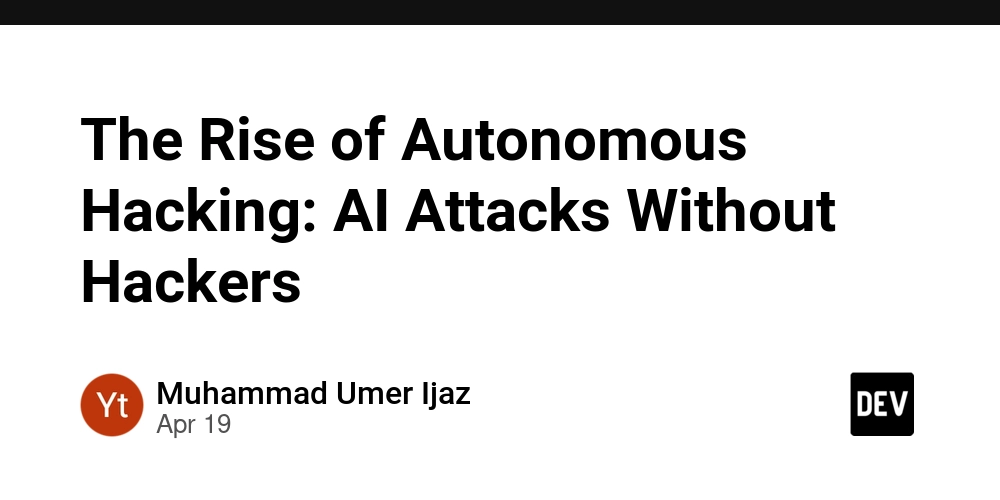Dev
1w
47

Image Credit: Dev
The Rise of Autonomous Hacking: AI Attacks Without Hackers
- The rise of autonomous hacking, where AI systems launch, adapt, and execute cyberattacks independently, is becoming a reality.
- Real-world use cases of autonomous hacking include automated reconnaissance, self-mutating malware, AI worms, and AI in IoT attacks.
- The danger lies in the fact that autonomous AI attacks can infect thousands of machines in seconds, learn from failed attempts, and hide in plain sight.
- To combat autonomous hacking, deploying AI for defense, using honeypots and deception technology, implementing patch management automation, and discussing AI ethics and policy are crucial.
Read Full Article
2 Likes
For uninterrupted reading, download the app